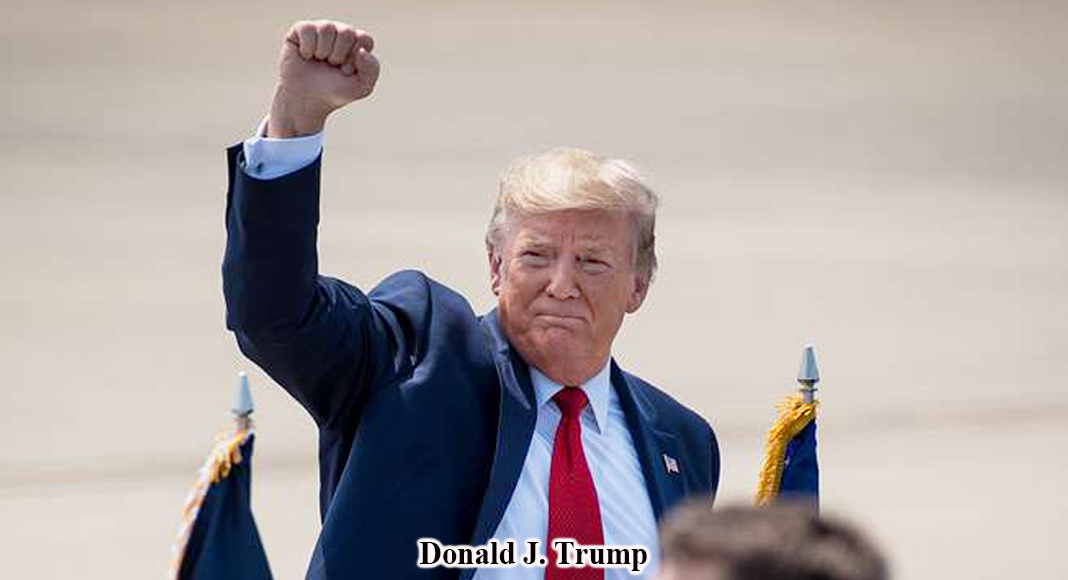Unraveling the Attempt on Trump’s Life
Texas Border Business
July 2024– Nearly two weeks after the traumatic assassination attempt on former President Donald Trump, a clearer picture of the events leading up to and during the incident is beginning to emerge. The assailant, Thomas Matthew Crooks, acted alone and was fatally shot seconds after opening fire. Many questions, especially Crooks’ motives, remain unanswered as investigations continue. Here’s an in-depth look at what we know based on recent testimonies from law enforcement officials to Congress.
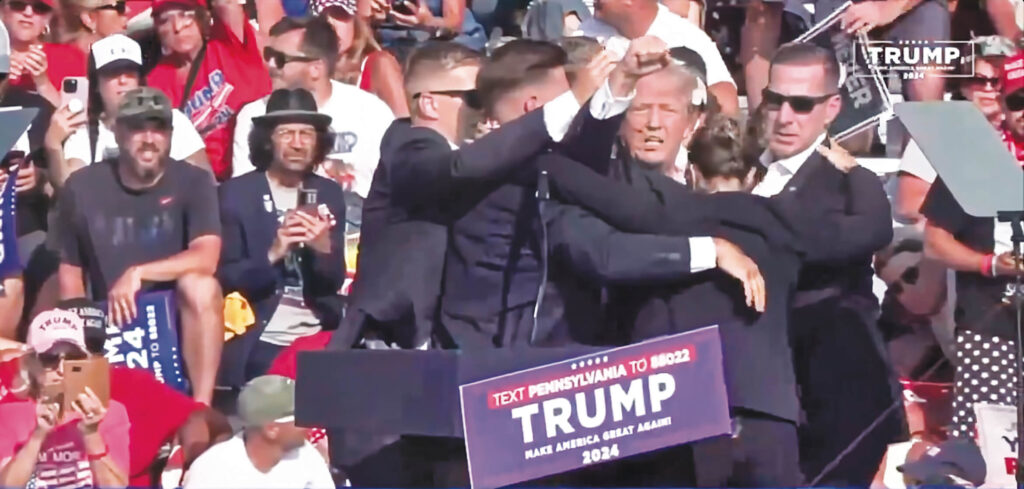
Preparations for the Attack
Thomas Matthew Crooks meticulously planned his attack between July 6 and July 13, 2024. On July 3, the Trump campaign announced a rally in Butler, Pennsylvania, set for July 13. This event soon became the focal point of Crooks’ plans.
Crooks began his preparations by searching online for upcoming events involving former President Trump and the Democratic National Committee. He also researched the distance from which Lee Harvey Oswald shot President John F. Kennedy, hinting at his lethal intentions. Later that same day, Crooks visited the rally site for the first time, spending about 20 minutes there. This reconnaissance marked the beginning of his on-site preparations.
On the day before the rally, Crooks was at a shooting range practicing with a rifle. The FBI has yet to confirm if this was the same “AR-style” rifle used in the assassination attempt, but it is strongly suspected to be.
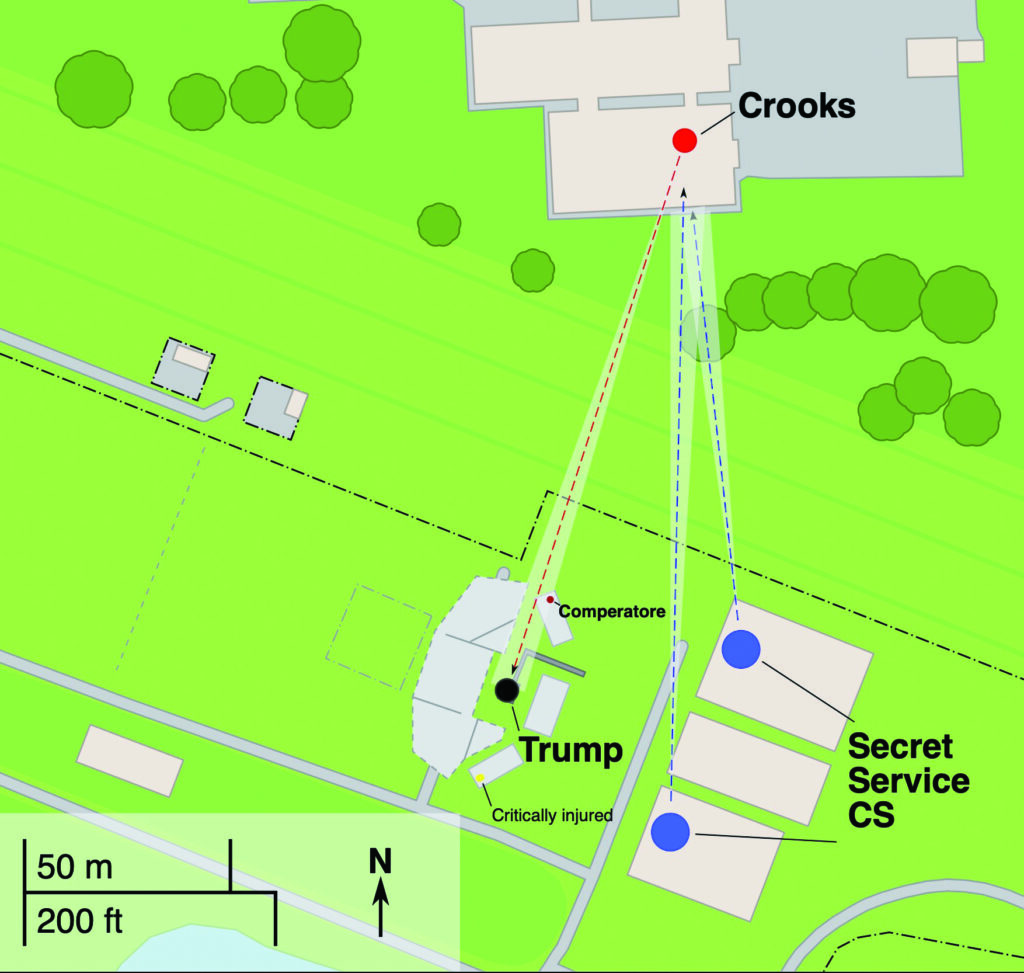
The Day of the Attack
On the morning of July 13, Crooks made several calculated moves. He returned to the rally site, spending around 70 minutes there for his second visit. In the afternoon, Crooks purchased 50 rounds of ammunition for his rifle, which he had legally acquired from his father. Crooks used a drone to survey the rally site, gaining a better understanding of the venue to fine-tune his attack plan.
A local law enforcement sniper identified Crooks, but he was not immediately reported. Former Secret Service Director Kimberly Cheatle testified that he was deemed suspicious but not an immediate threat. This decision allowed the rally to proceed as planned. Closer to the event’s start, law enforcement officers photographed Crooks arriving at the rally site on a bicycle, carrying a rangefinder—a device used to calculate the distances of firearms. Despite alerts from the Pennsylvania State Police and photographs circulated by the Butler command center, Crooks remained large.
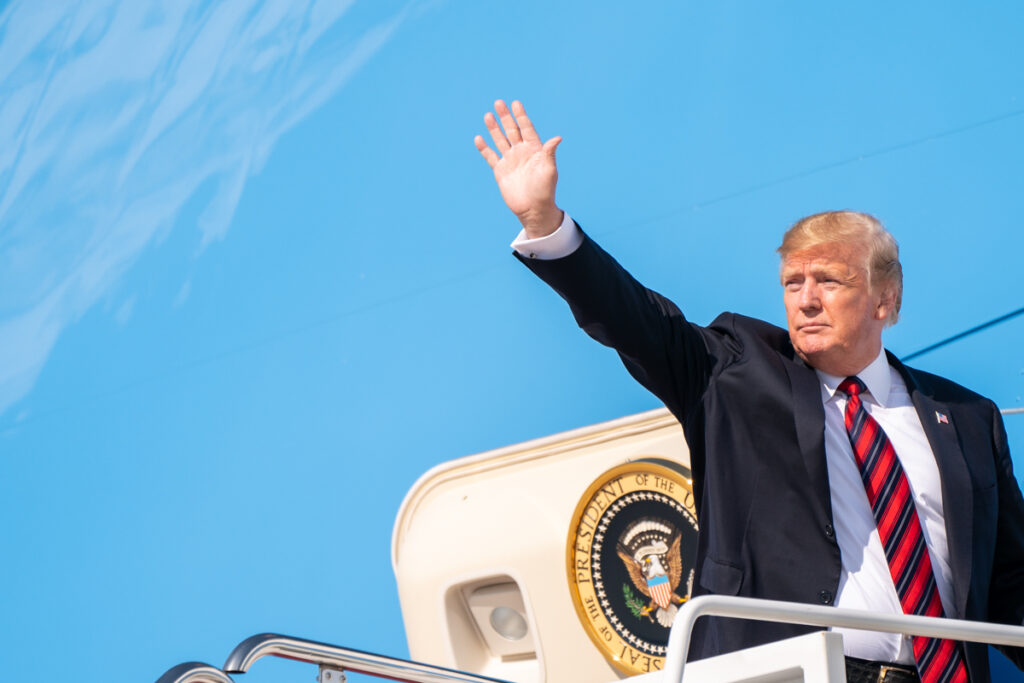
The Moment of the Attack
At 6:02 p.m., former President Trump took the stage, unaware of the impending danger. Immediately after, Secret Service agents were alerted to an issue at the 3 o’clock position. By this time, Crooks had already climbed onto the roof of the AGR building using mechanical equipment and vertical piping. Onlookers began to post information and videos when they noticed Crooks on the roof and alerted law enforcement. Secret Service snipers were notified about Crooks’ position, and he was finally deemed a threat seconds before the gunfire started.
At approximately 6:11 p.m., as former President Trump discussed illegal immigration on stage, Crooks opened fire. Trump, noticing blood, quickly dropped to the ground. Crooks fired eight rounds before being neutralized by a counter sniper’s single shot. Secret Service agents rushed onto the stage to shield Trump. He remained on the stage, covered by agents, while they assessed the situation and confirmed the shooter was down. Trump stood up, covered by agents, and raised his fist to the crowd, saying, “Fight, fight, fight!” He was then escorted off stage and taken to Butler Memorial Hospital for medical attention. Tragically, Corey Comperatore, a firefighter, was killed during the shooting while shielding his family. Two other men were seriously wounded.
David Dutch, a 57-year-old former Marine from New Kensington, and James Copenhaver, a 74-year-old resident of Moon Township, were both critically injured but are now in stable condition. Dutch suffered injuries requiring surgery, including damage to his liver and broken ribs, while Copenhaver, a retired musician, is recovering well.
The Aftermath
Investigators recovered three crude explosive devices capable of remote detonation, as well as a detonation device on Crooks’ body. The FBI and Pennsylvania State Police are conducting a joint investigation, and the Secret Service plans to issue a report in about 60 days. The Department of Homeland Security Inspector General’s Office also investigates the Secret Service’s security procedures.
The FBI continues to investigate the shooting incident at the July 13 rally in Butler, Pennsylvania, as an assassination attempt on former President Donald Trump and as potential domestic terrorism. The investigation is still in the early stages, and the FBI is providing the following updates:
- FBI technical specialists successfully accessed Thomas Matthew Crooks’ phone, and they continue to analyze his electronic devices. Lately, it was reported that he had encrypted apps, and the Secret Service has been unable to access them.
- The search of the subject’s residence and vehicle is complete.
- The FBI has conducted nearly 100 interviews of law enforcement personnel, event attendees, and other witnesses, and that work continues.
- The FBI has received hundreds of digital media tips, including photos and videos taken at the scene, and we continue to review incoming tips. We encourage anyone with information that may assist with the ongoing investigation to continue to submit it online at tips.fbi.gov or call 1-800-CALL-FBI.
- While the investigative work continues, FBI victim services personnel have offered assistance to the victims of Saturday’s incident.
Bipartisan Task Force to Investigate the Assassination Attempt
Speaker Mike Johnson and Leader Hakeem Jeffries have announced the members of the bipartisan House task force that will investigate the attempted assassination of Donald Trump.
“We have the utmost confidence in this bipartisan group of qualified Members of Congress to swiftly uncover the facts, ensure accountability, and prevent future failures,” said Johnson and Jeffries.
Republican Members of the Task Force:
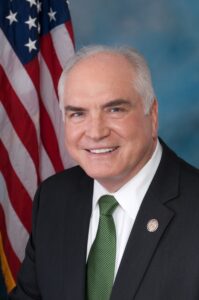
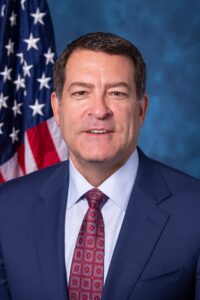
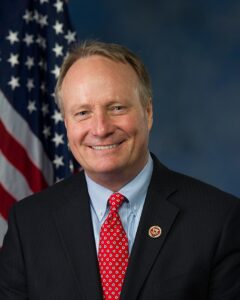
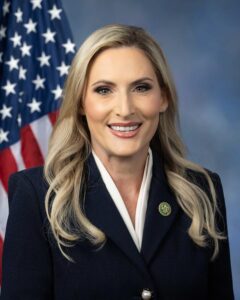
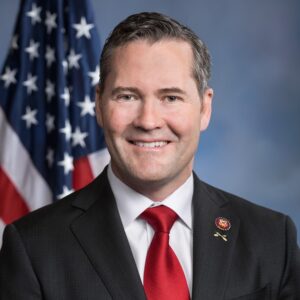

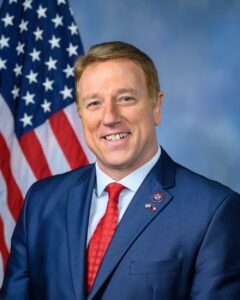
Democratic Members of the Task Force:
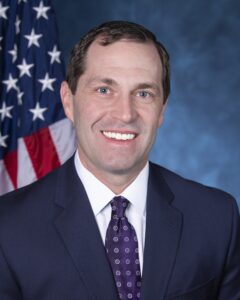
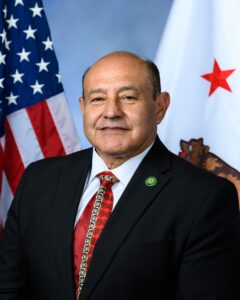
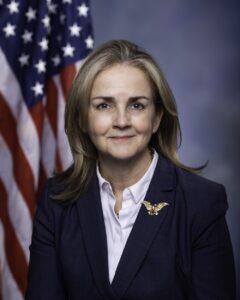
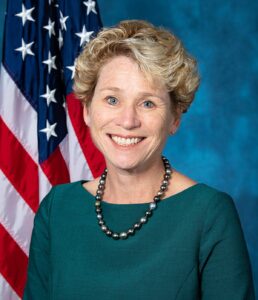
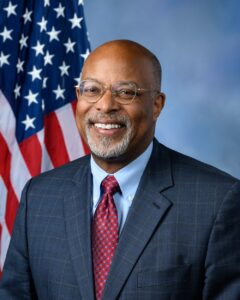
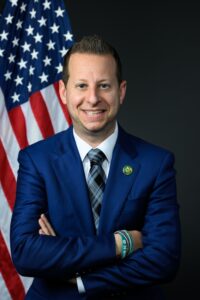
Kimberly Cheatle Resigned
In early July 2023, Kimberly Cheatle, the Director of the United States Secret Service, faced significant challenges following events that questioned the agency’s operations and internal culture. The Secret Service came under intense scrutiny due to several high-profile incidents, including a breach of security at the White House and allegations of misconduct within the agency.
The White House security breach raised serious concerns about the Secret Service’s protocols and preparedness effectiveness. An intruder managed to access restricted areas, exposing vulnerabilities in the security system that the agency was responsible for maintaining.
Additionally, there were reports of internal issues within the Secret Service, including allegations of inappropriate behavior and misconduct by some agents. These incidents prompted widespread criticism and a demand for accountability and reform within the agency.
In response to these challenges and the mounting pressure, Kimberly Cheatle resigned as the Director of the Secret Service. Her resignation marked a significant moment for the agency, signaling a need for a comprehensive review and restructuring to restore public confidence and ensure the security of the nation’s leaders and critical facilities.







